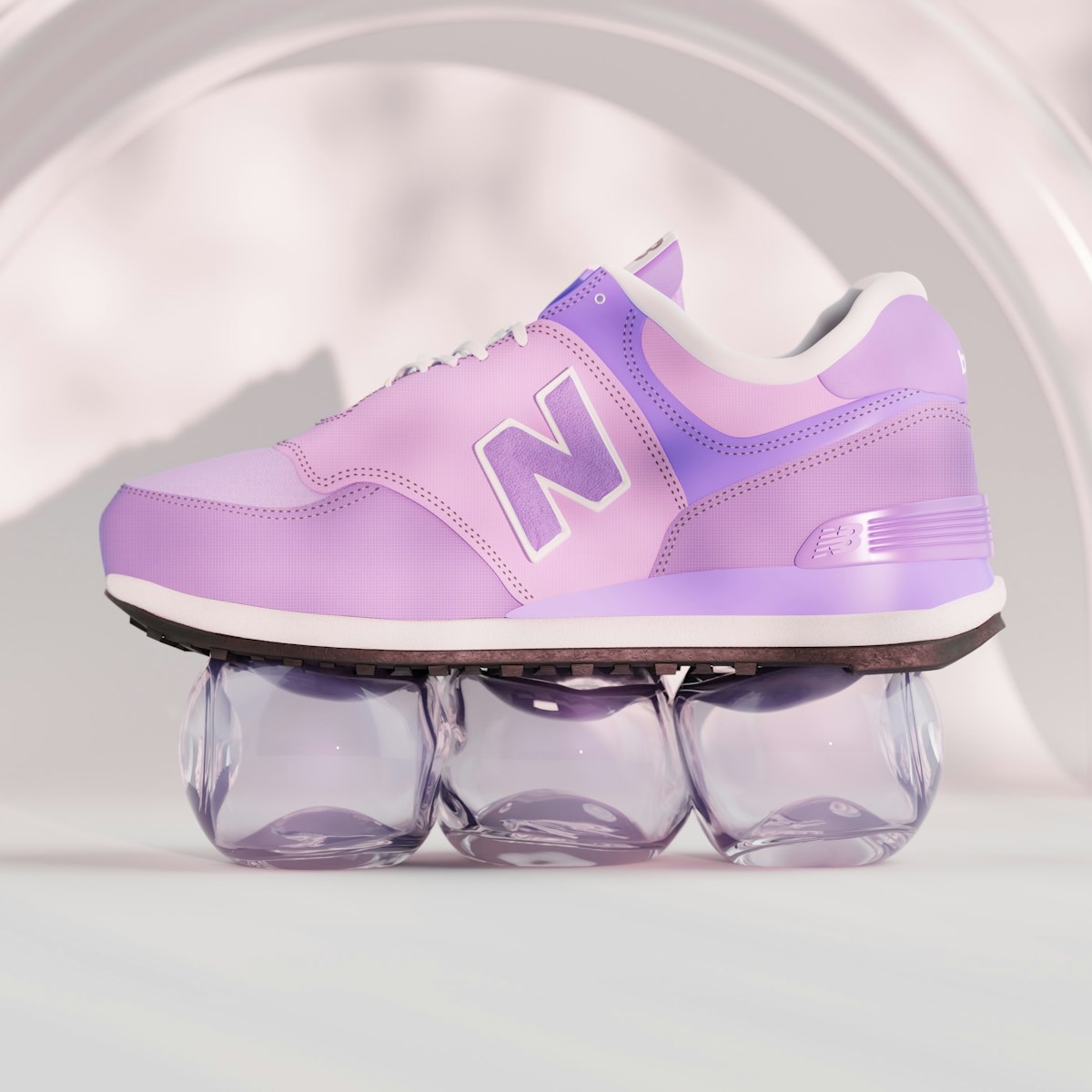Why Do Habits Matter?
I have written a number of posts and chapters about habits. Why do they matter so much? Because sustainable change is not instant. It is iterative. And if you think about it, it is a string of microtransactions formed by habits that add up to a transformational change in your life.
Willpower? That’s a word you use if you want defeat. A life of constant white knuckling is no longer acceptable to me. And it doesn’t have to be acceptable to you, either.
But – HOW? How do you make the change? How do you build the life you want over time?
You don’t need more willpower. You need a better strategy. When it comes to creating lasting wellness habits, two books come up again and again:
- Atomic Habits by James Clear
- Tiny Habits by BJ Fogg
Both promise real transformation, but they take different routes. One builds from identity and systems. The other starts with something even smaller: a prompt.
So which is better for real people with real schedules? Here’s what I found—and how you can apply it in your own life.
📗 BJ Fogg’s Tiny Habits: Start With a Prompt
“Behavior happens when motivation, ability, and a prompt come together.” – BJ Fogg
Fogg’s entire method is built around the idea that a habit begins with a prompt—something that’s already part of your routine. Instead of trying to remember to work out, you tie the habit to an existing anchor.
🔄 Prompt = Built-in Trigger
Fogg’s model: Anchor (Prompt) → Tiny Behavior → Celebration
Examples of Tiny Habits + Prompts:
- After I brush my teeth, I will floss one tooth.
- After I pour my morning coffee, I’ll do one deep breath or a 10-second stretch.
- After I close my laptop, I’ll put on my sneakers for a walk.
- After I use the bathroom, I’ll do 5 squats.
🎉 How to Make It Stick: Celebrate!
According to Fogg, the key to making a habit satisfying is to create an instant feeling of success. You do this by celebrating, right after the action:
- Say “I crushed it!”
- Do a fist pump
- Smile big and say “I’m awesome”
- Play a quick hype song clip
Emotion, not repetition, is what makes it stick.
“Flossing one tooth doesn’t change your teeth. It changes your brain.”
📘 James Clear’s Atomic Habits: Build the System
“You don’t rise to the level of your goals. You fall to the level of your systems.” – James Clear
Clear zooms out. He sees habits as part of a larger identity shift—you change by becoming the kind of person who does the habit. His framework is about building systems for consistency and sustainability.
🧩 The 4 Laws of Behavior Change
Clear’s model builds from cue to reward:
- Make it obvious (Cue)
- Make it attractive (Craving)
- Make it easy (Response)
- Make it satisfying (Reward)
Examples of Atomic Habits:
- Place your vitamins next to your coffee machine (make it obvious).
- Put on your workout clothes before bed (make it easy).
- Use a habit tracker and check it off every day (make it satisfying).
- Bundle a workout with your favorite podcast (make it attractive).
✅ How to Make It Satisfying (Clear Style)
James Clear emphasizes immediate reinforcement—your brain needs to feel good right after the habit. Try:
- Tracking your progress on a calendar
- Putting $1 in a jar for every workout
- Saying “done” out loud for closure
- Using a visual reward like a sticker or gold star (yes, grownups like them too)
“Success is the product of daily habits—not once-in-a-lifetime transformations.”
🔍 Side-by-Side Comparison
I would say I slightly favor Clear’s book because it is more intuitive to me, but here is a side-by-side in case you want to decide:
| Feature | BJ Fogg (Tiny Habits) | James Clear (Atomic Habits) |
|---|---|---|
| Focus | Start tiny, attach to prompt | Build a scalable system |
| Starting Point | Prompt (existing routine) | Cue (environmental trigger) |
| Examples | Floss one tooth, do one push-up | Design a system: gym bag by the door |
| Key Mechanism | Prompt → Behavior → Celebration | Cue → Craving → Response → Reward |
| Making it Satisfying | Emotional celebration (immediate joy) | Track, reward, close the loop visually |
| Ideal For | Habit beginners, overwhelmed people | System-builders, performance-focused |
DAOFitLife Posts on Habits






